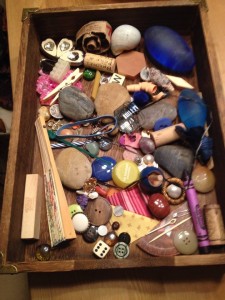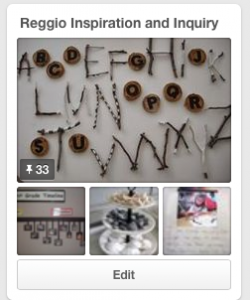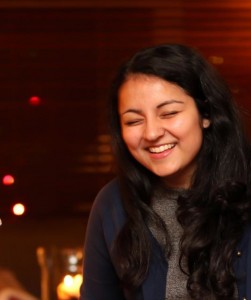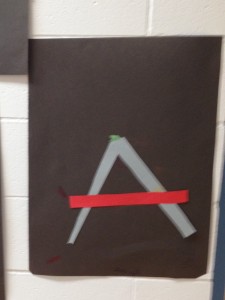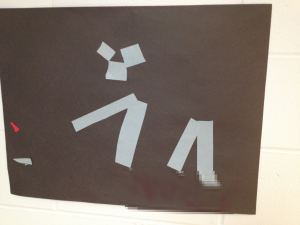The following papers, articles, lecture series and books have inspired my inquiry process and informed my research. I will continue to update this section.
Schonert-Reichl, K. A., Canadian Public Policy Collection, & Canadian Health Research Collection. (2010). Our children’s voices: The middle years development instrument: Measuring the developmental health and well-being of children in middle childhood United Way of the Lower Mainland.
This study outlines why middle childhood is an important developmental time. This includes important notes on brain development, developmental tasks and social relationships for children in middle childhood (Ages 6- 12). As Kindergarten is a transitional time there is extensive research on the importance of this time for children’s emotional and cognitive growth in the early years. The study demonstrates that the development that occurs in middle childhood is of equal importance. With the switch to Full Day Kindergarten many school districts are focusing on high quality programming for the early years. The number of alternative approaches that are popular for Kindergarten and preschool indicates that communities and caregivers view the early years as important. This study proves middle childhood as a time of equal importance. As such, programming for children aged six to twelve deserves the same care, time and attention. This study outlines the wellness of children living in Vancouver and discusses developmental assets such as positive relationships and connections to supportive adults.
Rushowy, K. (2014, September 2). Full Day Kindergarten Impacts Grades 1,2 . The Toronoto Star. Retrieved from
http://www.thestar./yourtoronto/education/2014/09/02/fullday_kindergarten_impacts_grades_1_2.html
This article discusses how Ontario Full Day Kindergarten may have an effect on curriculum and instruction of other grades. As a result of the full day students have more time for play and inquiry. This means that in a play based full day kindergarten students have more autonomy and choice over their activities, their topics of studies and their movements throughout the classroom. This article summarizes some of these issues and offers the lens of public opinion.
Fraser, S. (2012). Authentic childhood: Experiencing reggio Emilia in the classroom. Toronto: Nelson Education.
Although I had heard of and briefly learned about the Reggio Emilia approach prior to this year, reading this book really piqued my interested in the approach as something that could be applicable to my practice. The author of this book documents, explains and annotates the development of the Reggio Approach in British Columbia through the experiences of teachers, early childhood educators, student teachers and researchers at various locations in British Columbia. These locations include Douglas College, Quadra Island Preschool, Vancouver Child Study Centre and Marpole-Oakridge Community Preschool. The history of the Reggio approach as documented in this resources started in 1995 with the travelling exhibit “The Hundred Languages of Children”. The experiences of the teachers and children documented in this book are highly relevant to me as they are from unique setting of diverse and multicultural communities that exist in British Columbia which include children from diverse cultures, children with multiple languages and children with special rights. The Reggio approach in Italy was borne from socio political circumstances and the approach itself emphasizes a sense of place. Because of this, the preschools in Reggio Emilia in Italy can never be truly recreated. However, how the Reggio inspired approach looks like in Canada and specifically in the Pacific Northwest should be a topic of inquiry for all educators in BC who are interested in this approach.
Ritchhart, Ron; Church, Mark; Morrison, Karin (2011). Making Thinking Visible : How to Promote Engagement, Understanding, and Independence for All Learners. Retrieved from http://www.eblib.com
This book describes the work of researchers at Project Zero in regards to creating a culture of thinking in classrooms. It emphasizes the role of questions and inquiry as the start of, as well as a product of learning. The researchers describe several ways of making student’s thinking visible including questioning, modeling, constructing understanding, facilitating thinking, listening and documenting. The ideas in this book ascribe to new ways of thinking about teaching, specifically in regards to viewing teachers as facilitators. Several “thinking routines” are described in this book, some of which I have already tried with my practicum class. Some of the ideas described in this book and presented by Ron Ritchart at the dinner series in Delta have framed my own beliefs about the way I think about teaching students in the intermediate years.
Krechevsky, M., Mardell, B., & Rivard, M. (2013). Visible Learners : Promoting Reggio-Inspired Approaches in All Schools. Somerset, NJ, USA: John Wiley & Sons. Retrieved from http://www.ebrary.com
This book describes further research from Project Zero in making thinking and learning visible. Documentation is explored from the perspectives of teachers in pre-kindergarten to grade 12. Several authentic projects are described and the Reggio approach is made relevant and applicable to teachers of all levels. This book pays particular attention to using these approaches in a practical way and in a context where teachers are held accountable by modern assessments and standardized tests. The process and theory behind documentation of learning is also discussed at length and in detail.
Jensen, E. (2005). Teaching with the brain in mind. Alexandria, Va: Association for Supervision and Curriculum Development.
This book frames many decisions teachers make from a neuroscience perspective. Topics such as classroom design, motivation and instructional strategies are all discussed from the perspective of current brain research. Especially relevant to my inquiry topic is the discussion of novelty and choice in learning.
